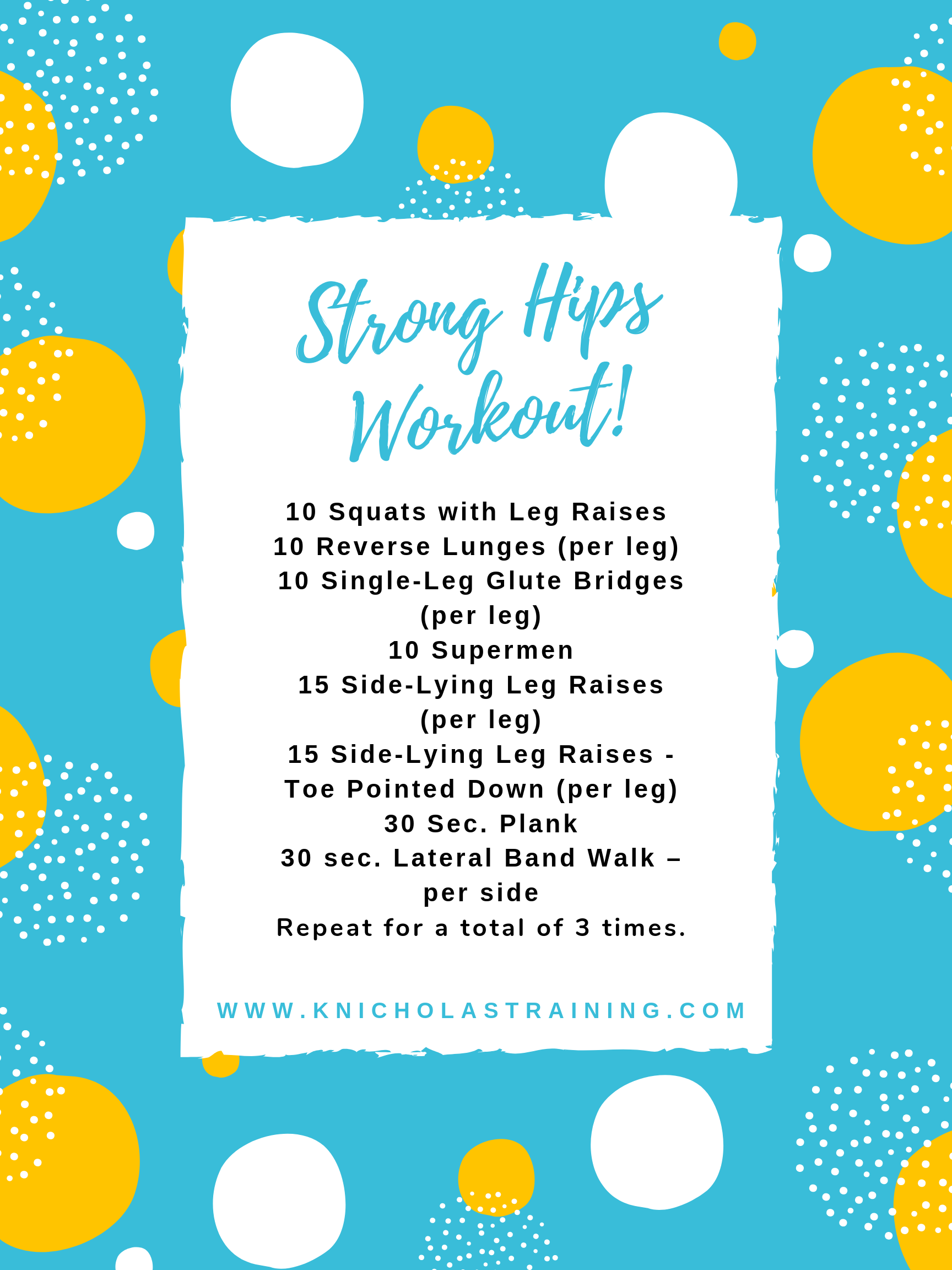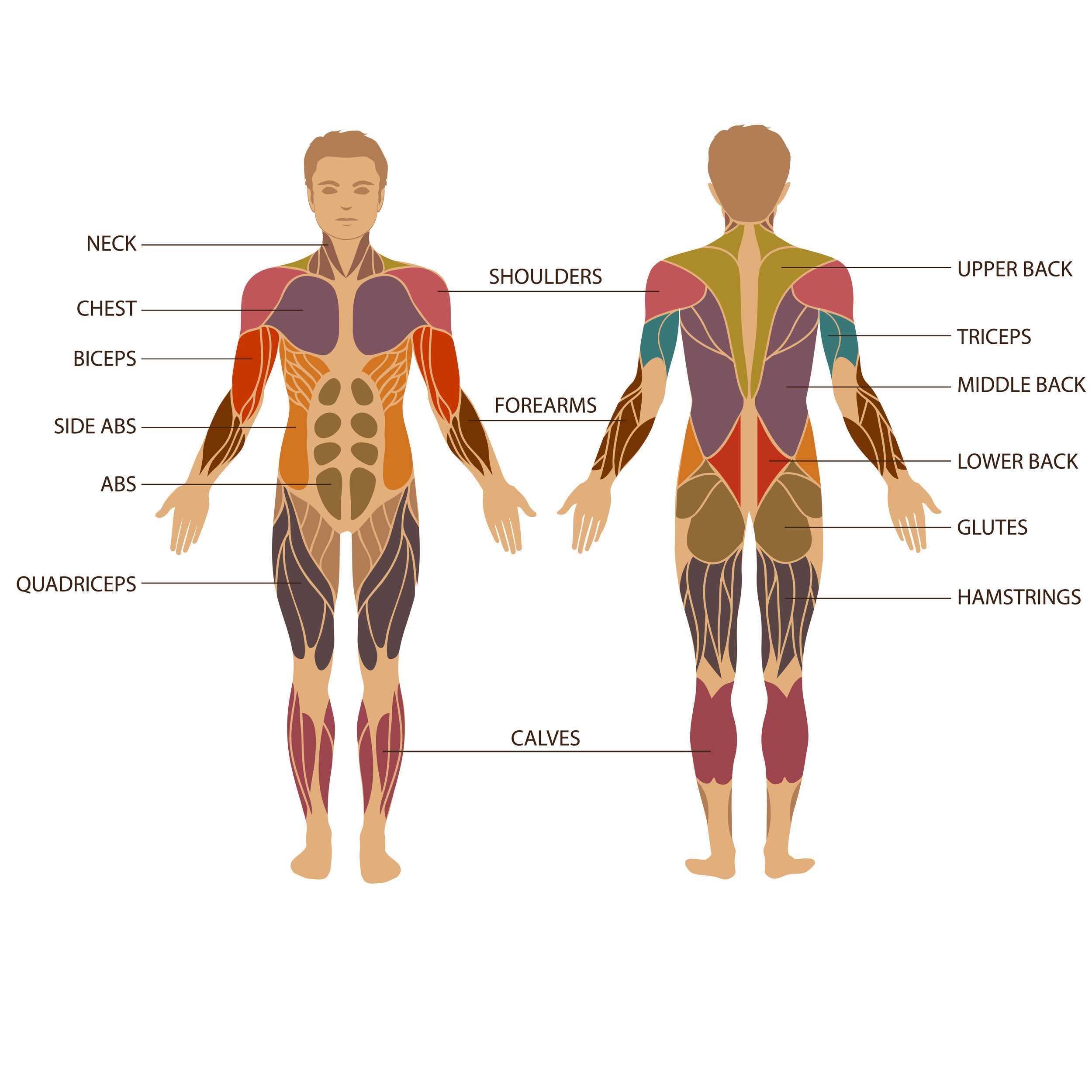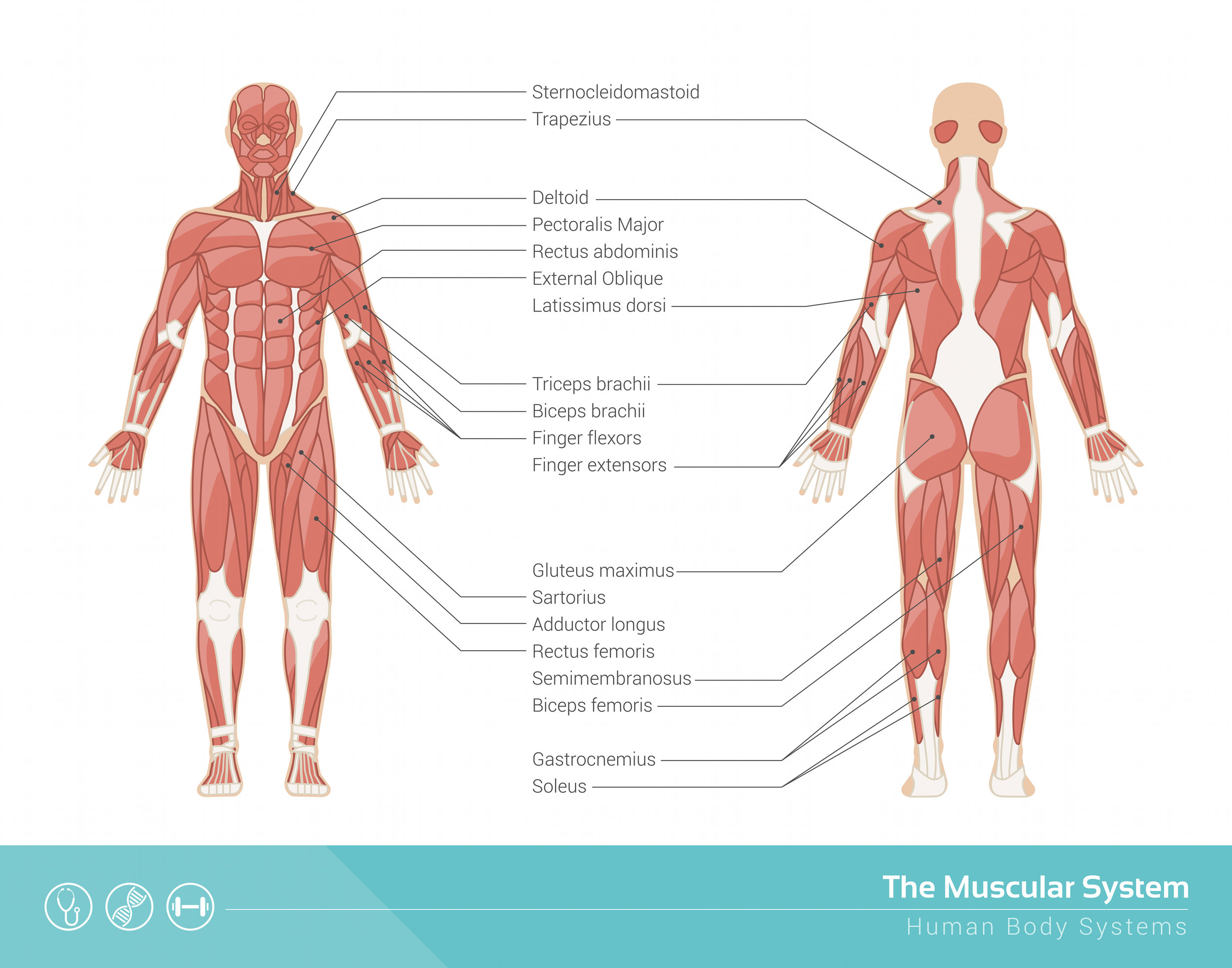One of the weakest areas in many women’s bodies are their hips. Many of us sit for a good portion of the day, which forces our hips into a crunched position. Maintaining a seated position for long periods of time can cause the muscles in our hips to shorten and tighten – particularly our hip flexors.
The role of our hips in day-to-day life is often overlooked. Our hips do SO MUCH. Hips are responsible for helping you maintain balance, walking correctly, lifting your leg and controlling the position of your knee.
Strengthening your hips can help you avoid injury and also assist in the prevention of osteoarthritis. The best way to keep injuries or arthritis at bay is to strengthen your hips. This is a quick hip workout you can do to start strengthening this forgotten – but necessary – body part.
Side-lying leg raises, with your toes pointed down, are an excellent movement to strengthen your hips.
***This workout uses a mini band for the lateral walk. These bands are inexpensive, very versatile and can be purchased from numerous locations. This is the band I use for training clients. (Disclaimer: if you click on this link and purchase a product linked from this site, it could result in a small amount of money for me.)
Strong Hips Workout:
10 Squats with Side Leg Raises
10 Reverse Lunges (per leg)
10 Single-Leg Glute Bridges (per leg)
10 Supermen
15 Side-Lying Leg Lifts (per leg)
15 Side-Lying Leg Lifts With Toe Pointed Down (per leg)
30 Sec. Plank
10 Wall Squats
30 Sec. Lateral Band Walk – per side
Repeat for a total of 3 times.
Finish up with some stretches – particularly the cobra stretch!




